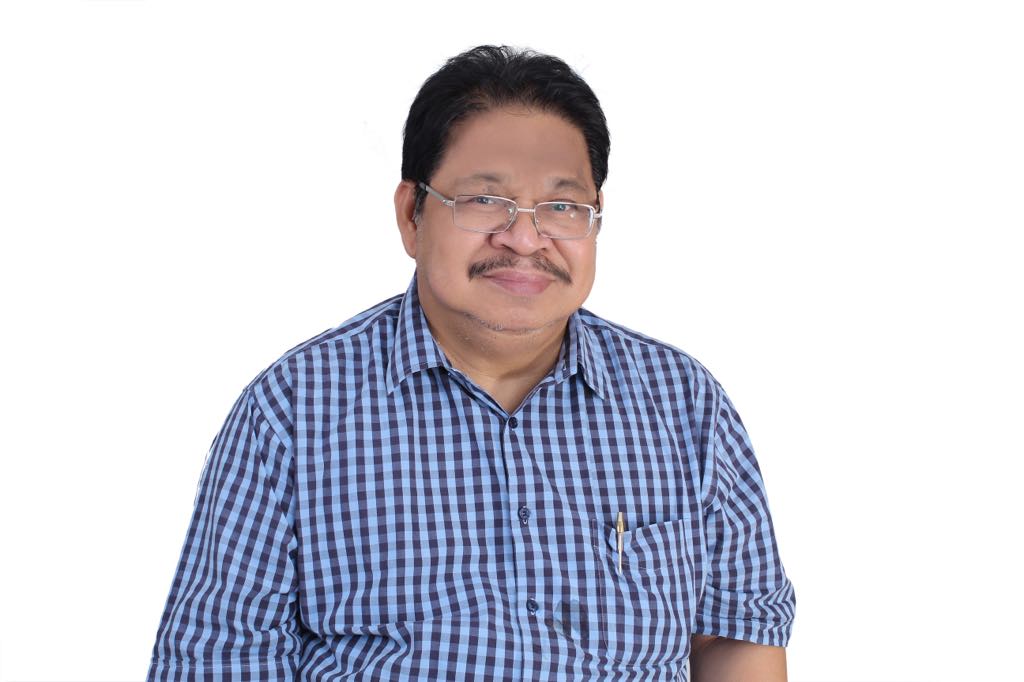“Only half of Metro households will get government aid” – SHARP EDGES by JAKE J. MADERAZO
 Just days before the enhanced community quarantine (ECQ) ends on April 12, government officials are still finalizing how to release the two-month social amelioration package for 18 million households nationwide under the Bayanihan to Heal as One Act.
Just days before the enhanced community quarantine (ECQ) ends on April 12, government officials are still finalizing how to release the two-month social amelioration package for 18 million households nationwide under the Bayanihan to Heal as One Act.
There are only 18 million beneficiaries because the remaining 6.6 million households belong to the formal sector, e.g., employees of government and private companies.
The objective of this largest social amelioration package is admirable amid the growing desperation and anxiety experienced by “stay-at-home victims” in Luzon and the National Capital Region.
The President is aware that this huge amount of money may be mishandled on the local level and chose ex-Armed Forces chief, now presidential peace adviser Carlito Galvez Jr., as chief implementer of the National Action Plan. He will work together with Social Welfare Secretary Rolando Bautista in distributing the Emergency Subsidy Program money to beneficiaries.
——-Incidentally, 4.4 million ID card-bearing conditional cash transfer beneficiaries already received their ECQ subsidy, but guidelines for the release of the same for the remaining informal sector are the subject of much debate.
Realistically, the Department of Social Welfare and Development (DSWD) cannot distribute this huge subsidy on its own and would really need the help of local government units (LGUs). But there are problems in the identification of recipients at the barangay level by local officials and politicians, on top of accountability issues.
To make things worse, the DSWD list of poor people (2015 Philippine Statistics Authority census) is very different from the one held by LGUs. In Metro Manila, it is safe to assume that poor families account for at least 60 percent of total households. In Taguig, the DSWD listed only 200,000 poor families when the local government says it is 270,000. In Manila, the DSWD has a lower number of 340,000 poor families. In Parañaque, only 77,000 out of 160,000 families are qualified when in reality, there are at least 96,000 poor households.
Another mistake, I believe, is that actual beneficiaries in Metro Manila account for only 54.86 percent of total households. This means only 50 percent of families in the National Capital Region will benefit. Why are other regions getting packages when they did not declare a lockdown in their areas? Why are some regions in the Visayas and Mindanao getting better payouts?
——-Is the national government expecting Metro LGUs to step into the gap? Some have already distributed aid to their constituents. Makati Mayor Abby Binay, for instance, released assistance for public utility drivers, senior citizens and poor families from the city budget. Manila Mayor Francisco “Isko Moreno” Domagoso will give P1,000 to all 568,000 families in the city, while Quezon City Mayor Joy Belmonte is distributing relief goods weekly to over one million families in her area.
Well, whatever happens, we hope Bautista and Galvez will succeed in solving all problems and help the poor immediately.
The desire of the national government to help the “locked-down” informal sector is certainly very noble but as they say, the road to hell is paved with good intentions.
Disclaimer: The comments uploaded on this site do not necessarily represent or reflect the views of management and owner of Cebudailynews. We reserve the right to exclude comments that we deem to be inconsistent with our editorial standards.

